Harishyam Arts Blog
Top Marble Types for Pooja Mandirs: A Complete Buyer’s Guide
By Lakshay Sharma | On 19 October, 2025 | Views
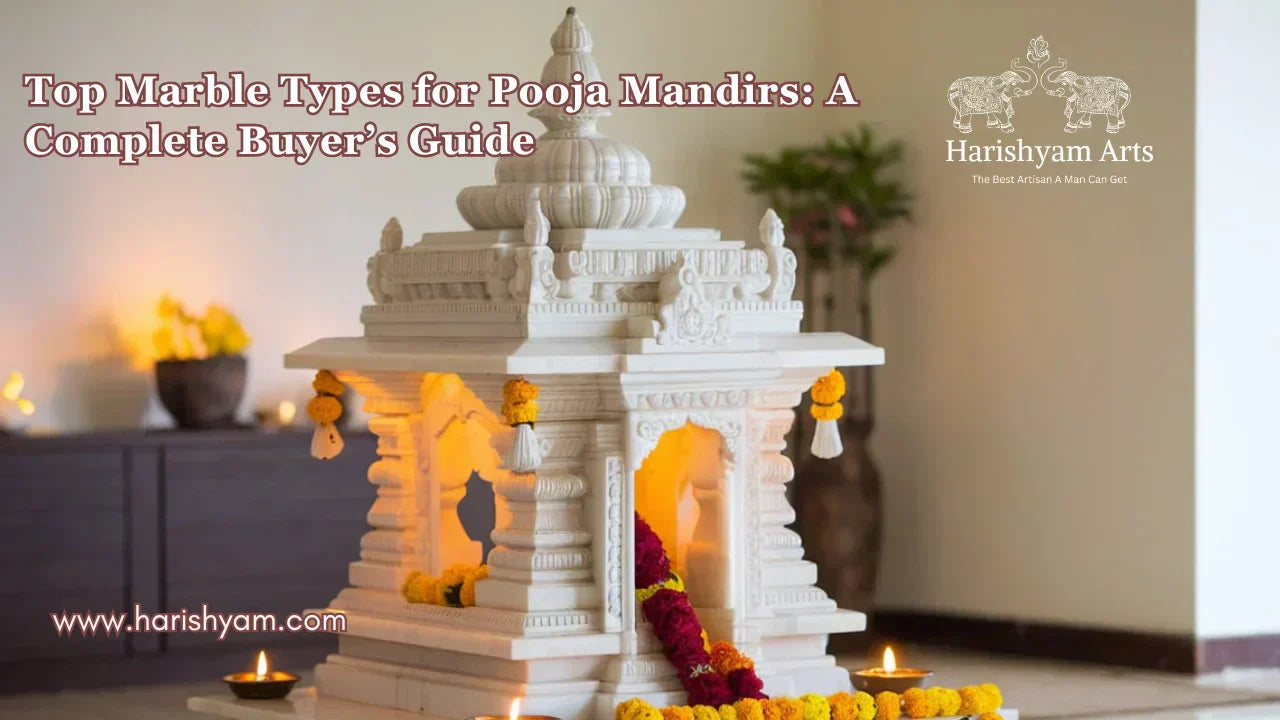
A Pooja Mandir is more than just furniture; it is the spiritual heart of your home. Choosing the right marble for your mandir ensures durability, beauty, and positive energy according to Vastu principles. With so many marble options, selecting the perfect one can be overwhelming. This guide explains the top marble types for pooja mandirs and helps you avoid common mistakes when buying a home temple online.
Why Marble is a Preferred Choice for Pooja Mandirs
Marble is a timeless material that signifies purity, elegance, and spiritual harmony. Its smooth surface, natural shine, and long-lasting quality make it perfect for sacred spaces. Key benefits include:
-
Durability: Stands the test of time with minimal wear.
-
Easy Maintenance: Polished surfaces are easy to clean.
-
Aesthetic Appeal: Available in various colors and natural patterns.
-
Vastu-Friendly: Light-colored marbles like white are considered auspicious.
For more information on materials for home temples, you can check our guide on wooden and brass mandirs.
Top Marble Types for Pooja Mandirs and Their Definitions
1. Makrana Marble
-
Origin: Rajasthan, India
-
Definition: A pure white marble prized for its exceptional quality and durability. Often used in traditional Indian temples, including the iconic Taj Mahal.
-
Best For: Classic, minimalist, or traditional mandirs.
2. Kashmir White Marble
-
Origin: India
-
Definition: A white marble with subtle grey veining, known for its smooth finish and serene appearance. Provides a contemporary yet traditional look.
-
Best For: Homes blending modern and traditional aesthetics.
3. Italian Carrara Marble
-
Origin: Italy
-
Definition: White marble with soft grey veins, famous for luxurious interiors and carvings. Perfect for detailed, elegant mandirs.
-
Best For: High-end and intricately carved mandirs.
4. White Italian Marble
-
Origin: Italy
-
Definition: Bright white marble with delicate veining, ideal for modern, polished mandir designs. Its elegant appeal complements minimalist home décor.
-
Best For: Contemporary homes seeking a luxurious feel.
5. Crema Marfil Marble
-
Origin: Spain
-
Definition: Beige or cream-colored marble with natural veins, offering warmth and a calming ambiance to your sacred space.
-
Best For: Homes desiring a serene, soft, and neutral tone in the pooja area.
6. Nero Marquina (Black Marble)
-
Origin: Spain
-
Definition: Deep black marble with striking white veins. Often used as accent material or for modern mandirs. Adds dramatic contrast when paired with gold or brass details.
-
Best For: Contemporary mandirs or stylish accent pieces.
7. Onyx Marble
-
Origin: Various countries including Iran and Pakistan
-
Definition: Semi-translucent marble with unique color patterns and natural veins. Onyx adds a luxurious and mystical look to the mandir.
-
Best For: Decorative mandirs with accent lighting or display elements.
8. Botticino Marble
-
Origin: Italy
-
Definition: Light beige marble with soft veining. Offers elegance without overpowering other décor elements.
-
Best For: Mandirs in neutral-themed interiors.
9. Rainforest Marble
-
Origin: India
-
Definition: Dark marble with natural patterns resembling tree lines. Creates a rich, earthy, and elegant look for the mandir.
-
Best For: Homes wanting a bold, statement-making mandir.
Tips for Choosing the Right Marble
-
Mandir Size: Lighter shades for small mandirs, darker shades for larger ones.
-
Durability: Ensure the marble can withstand daily cleaning.
-
Vastu Compliance: White or cream-colored marbles are considered auspicious.
-
Maintenance: Polished surfaces are easier to maintain than textured ones.
Buying a Home Temple Online? Avoid These Mistakes Buying a pooja mandir online is convenient, but there are pitfalls to avoid:
1. Not Checking the Material
Ensure the product description clearly states the type of marble. Avoid replicas or low-quality stones.
2. Ignoring Mandir Dimensions
Always check dimensions to ensure it fits your available space. A mandir too large or too small can disrupt the aesthetics.
3. Skipping Vastu Considerations
Many buyers overlook Vastu compliance. Check the direction and design recommendations for your home’s sacred space.
4. Not Verifying Seller Reputation
Read reviews and ratings. Avoid unknown sellers with no customer feedback.
5. Overlooking Shipping & Installation
Check shipping policies for fragile marble items. Confirm if installation is included, especially for larger mandirs.
6. Neglecting Maintenance Instructions
Understand care requirements. Marble mandirs need proper cleaning to maintain shine and prevent stains.
Caring for Your Marble Mandir
-
Wipe with a soft cloth daily.
-
Avoid harsh chemicals; mild soap and water work best.
-
Polish once or twice a year to retain shine.
-
Protect from water spillage to prevent stains.
Also Read: How to Clean Marble Mandir at Home
Frequently Asked Questions (FAQs)
Q1. Which marble is best for a pooja mandir?
Ans: Makrana White Marble is considered the best because it’s pure, durable, and Vastu-friendly. It has a timeless look and is ideal for carving detailed designs.
Q2. Is Italian marble good for a pooja mandir?
Ans: Yes, Italian marble like Carrara or Statuario can be used if you prefer a modern, luxurious look. However, it’s softer and needs regular maintenance and sealing to avoid stains from oil or water.
Q3. Which marble colour is good as per Vastu Shastra?
Ans: According to Vastu, white, cream, or light yellow marbles are most auspicious for pooja mandirs. They symbolize peace, purity, and spiritual energy. Avoid black or dark shades as they absorb light and may reduce the sacred feel.
Q4.Do you ship outside India?
Ans: Yes. Harishyam Arts ships across India and internationally (to the US, UK, UAE, Canada, Australia, etc.) with professional wooden crating, foam padding, and fragile-label handling to protect marble items during transit.
Q5. Can I mix marble types in my mandir design?
Ans: Absolutely. You can use white marble for the main structure and colored or veined marble for borders, inlay work, or backdrop panels to add contrast and visual depth.
Conclusion
Selecting the right marble for your pooja mandir is more than just a design choice—it’s about creating a sacred space that exudes peace, elegance, and positive energy. From the timeless Makrana marble to the luxurious Italian marble, each type brings its own charm and spiritual significance. Prioritize durability, aesthetics, and your home’s ambiance to make the perfect choice.
For a wide range of high-quality, handcrafted marble mandirs, visit Harishyam Arts and bring home a piece that beautifully blends tradition with elegance.
A Pooja Mandir is more than just furniture; it is the spiritual heart of your home. Choosing the right marble for your mandir ensures durability, beauty, and positive energy according to Vastu principles. With so many marble options, selecting the perfect one can be overwhelming. This guide explains the...

Lakshay Sharma
I’m Lakshay Sharma, a writer with a deep passion for Hindu mythology, Vastu Shastra, and home interiors. I enjoy exploring the rich traditions of Hindu gods and goddesses, sharing insights into Vastu principles, and offering guidance on creating sacred spaces like Puja Mandirs. Through my writing, I aim to inspire harmony and spiritual well-being, blending traditional knowledge with modern perspectives.
Harishyam Arts | Jaipur
Related Blogs
Who is Ghantaghar Mahavir Swami? The Spiritual Legacy Behind the Iconic Name
Lakshay Sharma | November 29, 2025
The term “Ghantaghar Mahavir Swami” refers to the di...
Read More...
Guidelines for gifting god idols to others
Lakshay Sharma | November 28, 2025
Gifting a God idol is considered a highly auspicious act in Indian tradition. ...
Read More...
What happens if God idol breaks by mistake
Lakshay Sharma | November 27, 2025
God idols represent purity, devotion, and divine energy in every Hindu home. W...
Read More...
Mixing Materials: Marble Mandirs with Wooden, Brass, or Metal Accents
Lakshay Sharma | November 26, 2025
Combining marble with wooden, brass, or metal accents transforms a simple mand...
Read More...
Step-by-Step Guide to Professional Marble Statue Repainting
Lakshay Sharma | November 24, 2025
Marble statues are timeless masterpieces that reflect devotion, beauty, and cr...
Read More...
Is It Okay to Hang a Mandir on a Wall? A Complete Guide to Wall-Mounted Temples
Lakshay Sharma | November 23, 2025
In today’s fast-paced world, where urban homes are becoming more compact and s...
Read More...
Who is Parashvanath? The Life and Legacy of Jainism’s 23rd Tirthankara
Lakshay Sharma | November 22, 2025
Faith and spirituality are cornerstones of Indian tradition, and Jainism stand...
Read More...
How to Choose Between Carved and Minimalistic Wooden Mandirs
Lakshay Sharma | November 21, 2025
A home mandir (temple) is far more than just a piece of furniture; it is the s...
Read More...
How to clean silver god idols at home
Lakshay Sharma | November 21, 2025
At Harishyam Arts, we understand the spiritual and aesthetic significance of s...
Read More...
Are Marble Dust Statues Ideal for Your Home Temple? Pros & Cons
Lakshay Sharma | November 19, 2025
When it comes to selecting statues for your home temple, marble dust statues h...
Read More...
Where to Buy Authentic Marble Gods' Moortis in the USA: A Guide for Devotees and Collectors
Lakshay Sharma | November 19, 2025
For devotees and collectors in the USA seeking authentic marble Hindu god moor...
Read More...
Maa Parvati 108 Names in Sanskrit and English: Their Significance, Meaning, and Mantra Power
Lakshay Sharma | November 17, 2025
The Divine Essence of Maa Parvati
Maa Parvati,...
Read More...
8 Guidelines for Setting Up Your Home Mandir with Wooden Murtis: Location, Selection, and Maintenance.
Lakshay Sharma | November 16, 2025
Introduction: The Divine Mother of Strength and Compassion

Who Was Jain Mahavir? The Life, Teachings, and Legacy of the 24th Tirthankara
Lakshay Sharma | November 15, 2025
Lord Mahavir, the 24th Tirthankara of Jainism, was a spiritual reformer who re...
Read More...
Benefits of Choosing Corian Mandirs Over Marble and Wood
Lakshay Sharma | November 14, 2025
Modern homes today demand elegance, functionality, and easy upkeep — and Coria...
Read More...
White vs. Black Shivling: Which One Is Best for Your Home and Why?
Lakshay Sharma | November 13, 2025
The Shivling, a sacred symbol of Lord Shiva, embodies creation, power, and pur...
Read More...
10 Stunning Marble Handicraft Pieces to Elevate Your Home Décor
Lakshay Sharma | November 12, 2025
Marble handicrafts represent timeless artistry, luxury, and devotion. At Haris...
Read More...
Brass Ganesha Idols as Gifts: Symbolism, Occasions, and Gifting Etiquette
Lakshay Sharma | November 11, 2025
Gifting a brass Ganesha idol is more than a gesture—it's a blessing of prosper...
Read More...
Luxury Kids Room Decor Ideas That Turn Every Space Into a Fairytale Dream
Lakshay Sharma | November 10, 2025
Transforming a child’s room into a luxury fairytale dream combines comfort wit...
Read More...
Why Repainting Your Marble Statue Can Extend Its Life and Beauty
Lakshay Sharma | November 09, 2025
Marble statues are elegant pieces of art that add charm to any home or temple....
Read More...
How to Choose the Perfect Wall-Mounted Wooden Mandir for Your Home
Lakshay Sharma | November 08, 2025
A wall-mounted wooden mandir is more than just a spiritual corner; it’s a blen...
Read More...
Understanding GST on Marble God Statues: A Complete Guide for Buyers and Sellers
Lakshay Sharma | November 07, 2025
Marble god statues are a popular choice for temples, homes, and offices due to...
Read More...
Are Wooden Statues Pest-Resistant? How to Protect Your Wooden Idols from Insects and Damage
Lakshay Sharma | November 06, 2025
Wooden statues have been cherished for centuries due to their natural beauty a...
Read More...
Corian vs Wooden Temples: Which One Should You Choose?
Lakshay Sharma | November 05, 2025
Choosing the perfect temple for your home is more than just selecting a design...
Read More...
How Customised Marble Human Bust Manufacturers Bring Personalities to Life
Lakshay Sharma | November 04, 2025
Crafting a marble human bust is so much more than sculpting a likeness—it's ab...
Read More...
The Power of the Hare Krishna Maha Mantra: Awakening Spiritual Bliss
Lakshay Sharma | November 03, 2025
The Hare Krishna Maha Mantra is a sacred chant that ...
Read More...
The 24 Tirthankaras of Jainism: Names, Symbols, and Significance
Lakshay Sharma | November 02, 2025
In Jainism, the Tirthankaras are revered as divine s...
Read More...
Top 25 Space-Saving Wooden Mandir Ideas for Modern Homes
Lakshay Sharma | November 01, 2025
A pooja mandir is the heart of every Indian home — a sacred corner where peace...
Read More...
What Are the 8 Forms of Lakshmi? | Ashta Lakshmi Meaning and Significance
Lakshay Sharma | October 31, 2025
The Divine Essence of Goddess Lakshmi
Goddess La...
Read More...
The Art of Craftsmanship: How Handmade Brass Statues Are Created
Lakshay Sharma | October 30, 2025
At Harishyam Arts, we celebrate the timeless beauty ...
Read More...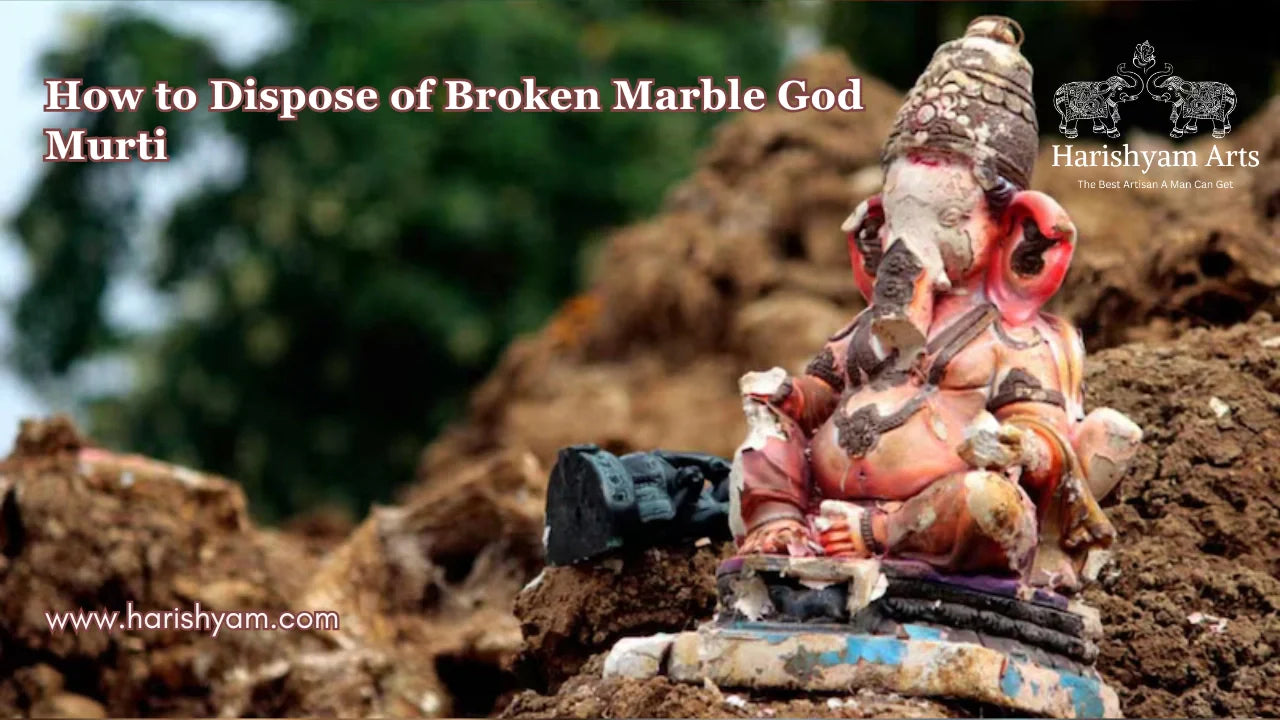
How to Dispose of Broken Marble God Murti
Lakshay Sharma | October 30, 2025
In Hindu tradition, marble murtis represent divine presence and spiritual ener...
Read More...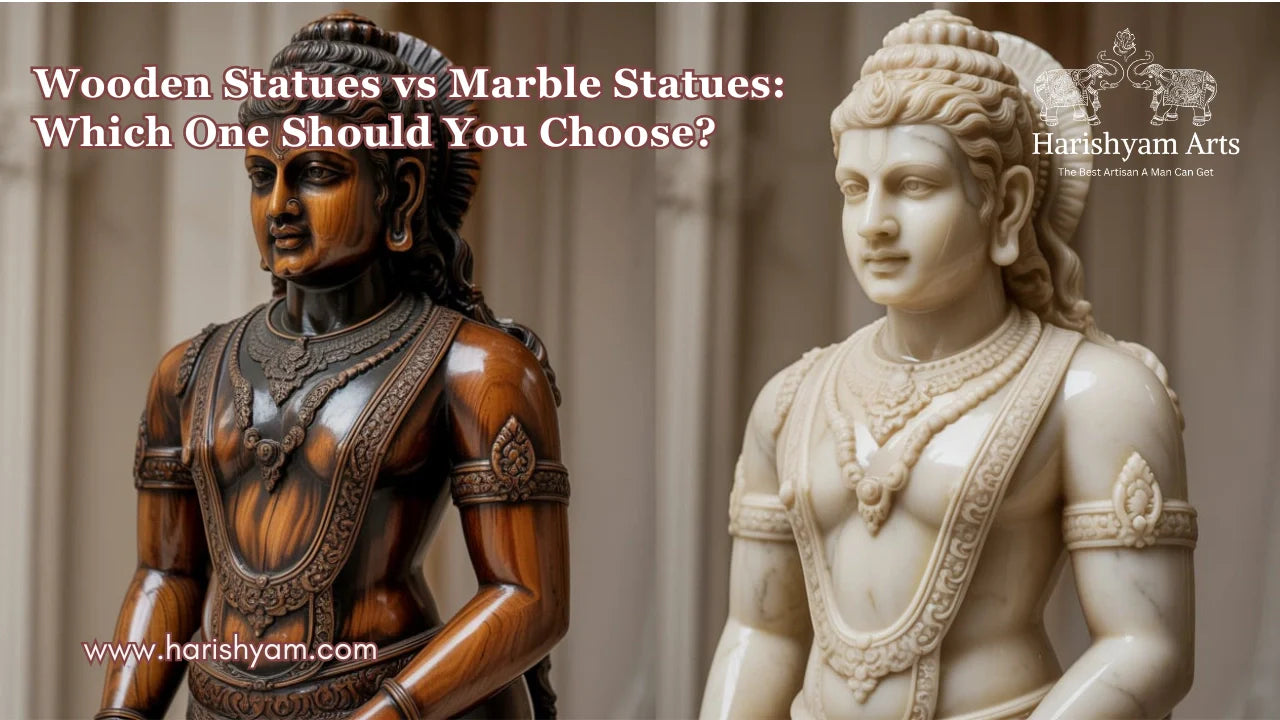
Wooden Statues vs Marble Statues: Which One Should You Choose?
Lakshay Sharma | October 29, 2025
When it comes to decorating your home or creating a sacred space, choosing the...
Read More...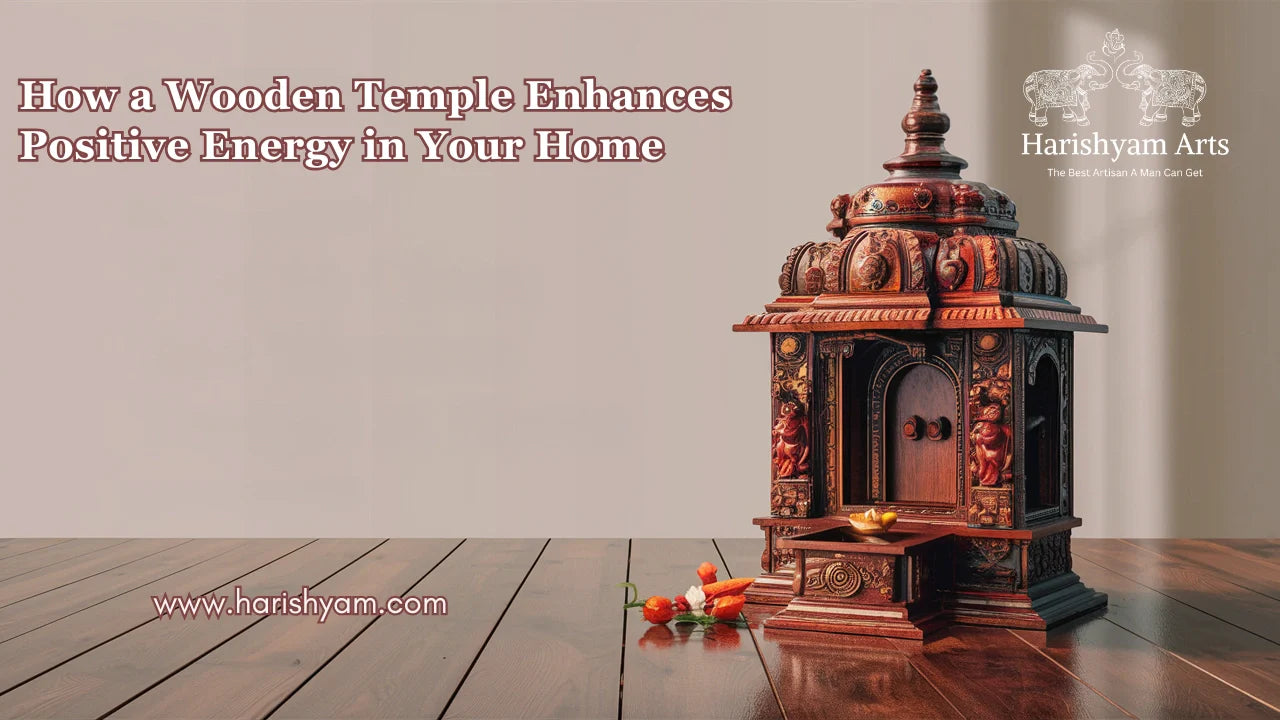
How a Wooden Temple Enhances Positive Energy in Your Home
Lakshay Sharma | October 28, 2025
A home temple isn’t just a decorative corner — it’s the spiritual...
Read More...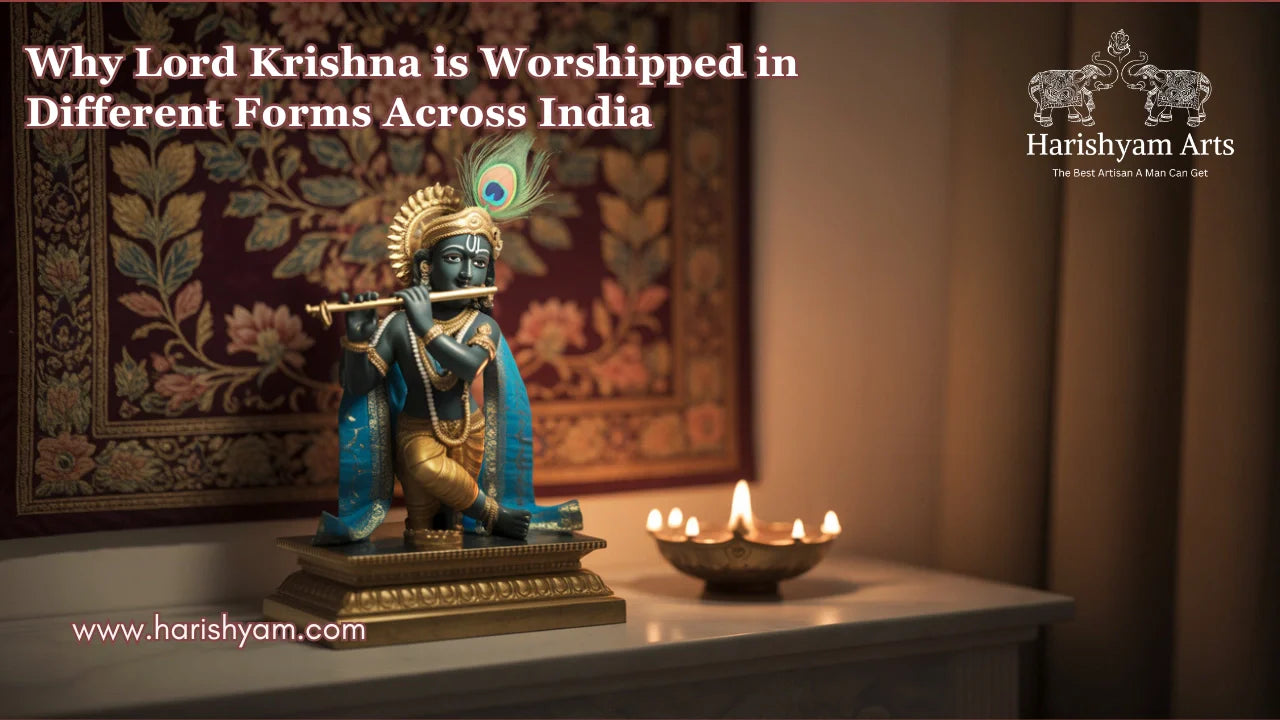
Why Lord Krishna is Worshipped in Different Forms Across India
Lakshay Sharma | October 27, 2025
Lord Krishna — the eighth incarnation of Lord Vishnu — is one of the most belo...
Read More...
The Story of Goddess Saraswati: The Embodiment of Wisdom and Knowledge
Lakshay Sharma | October 26, 2025
Among the many deities of the Hindu pantheon, Maa Saraswati Read More...

Top Reasons to Choose Brass Statues for Home Décor and Spiritual Spaces
Lakshay Sharma | October 25, 2025
Home décor today is not only about beauty—it’s about creating a peaceful and m...
Read More...
How long do Corian temples last?
Lakshay Sharma | October 24, 2025
Choosing the right material for a temple at home is important for both aesthet...
Read More...
Why Lord Shiva is Called the Mahadeva – The Supreme God
Lakshay Sharma | October 23, 2025
Hinduism, one of the world’s oldest religions, has a rich pantheon of deities,...
Read More...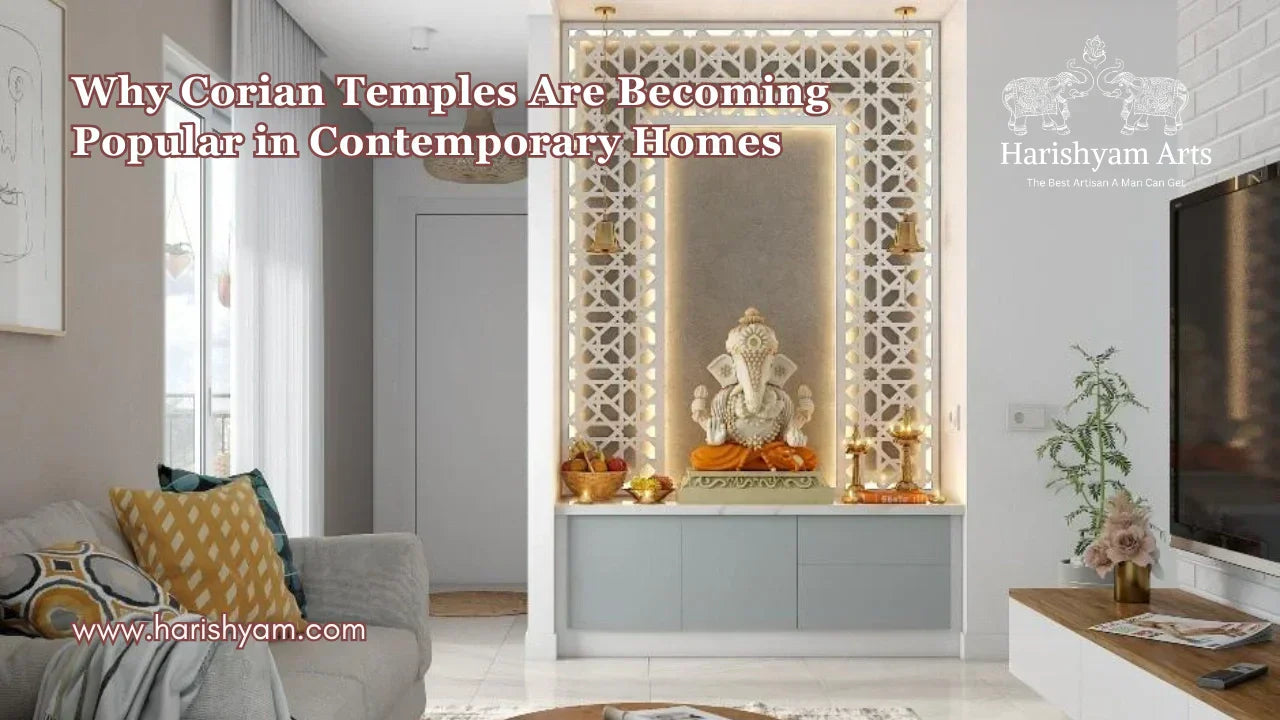
Why Corian Temples Are Becoming Popular in Contemporary Homes
Lakshay Sharma | October 22, 2025
In today’s modern homes, interior décor blends tradition with contemporary sty...
Read More...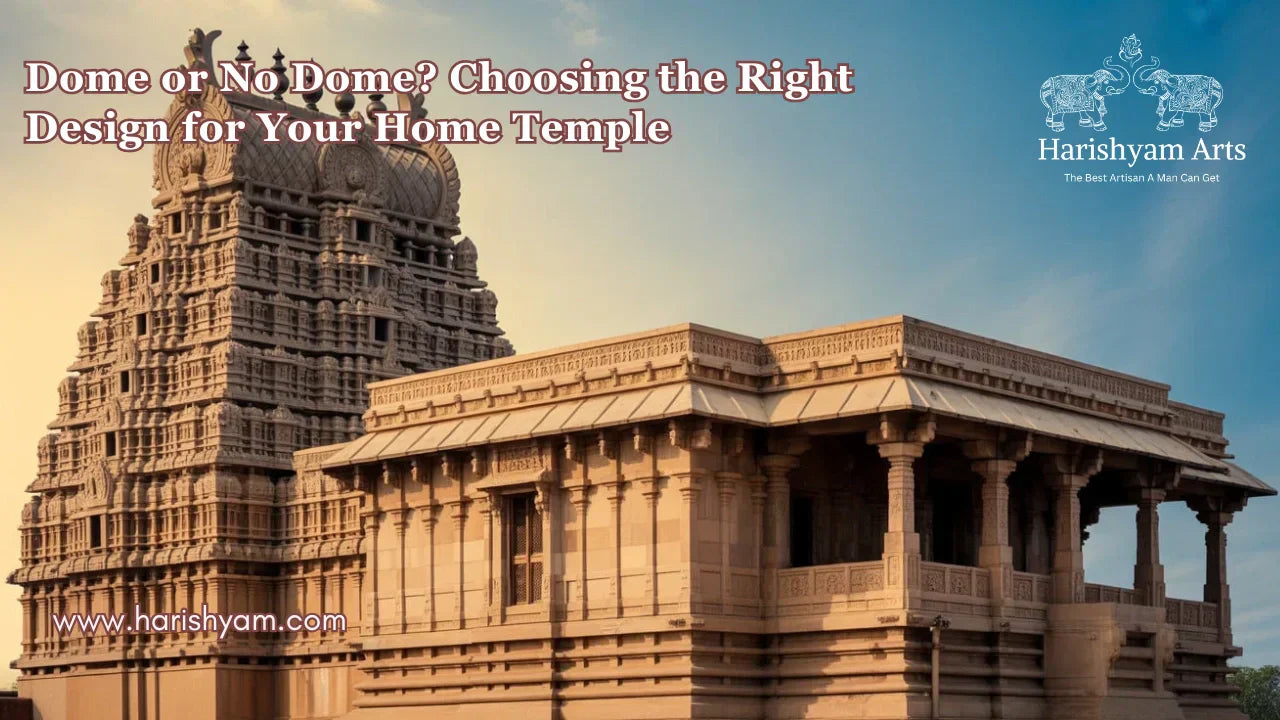
Dome or No Dome? Choosing the Right Design for Your Home Temple
Lakshay Sharma | October 21, 2025
Creating a sacred space at home is a spiritual investment, and the design of y...
Read More...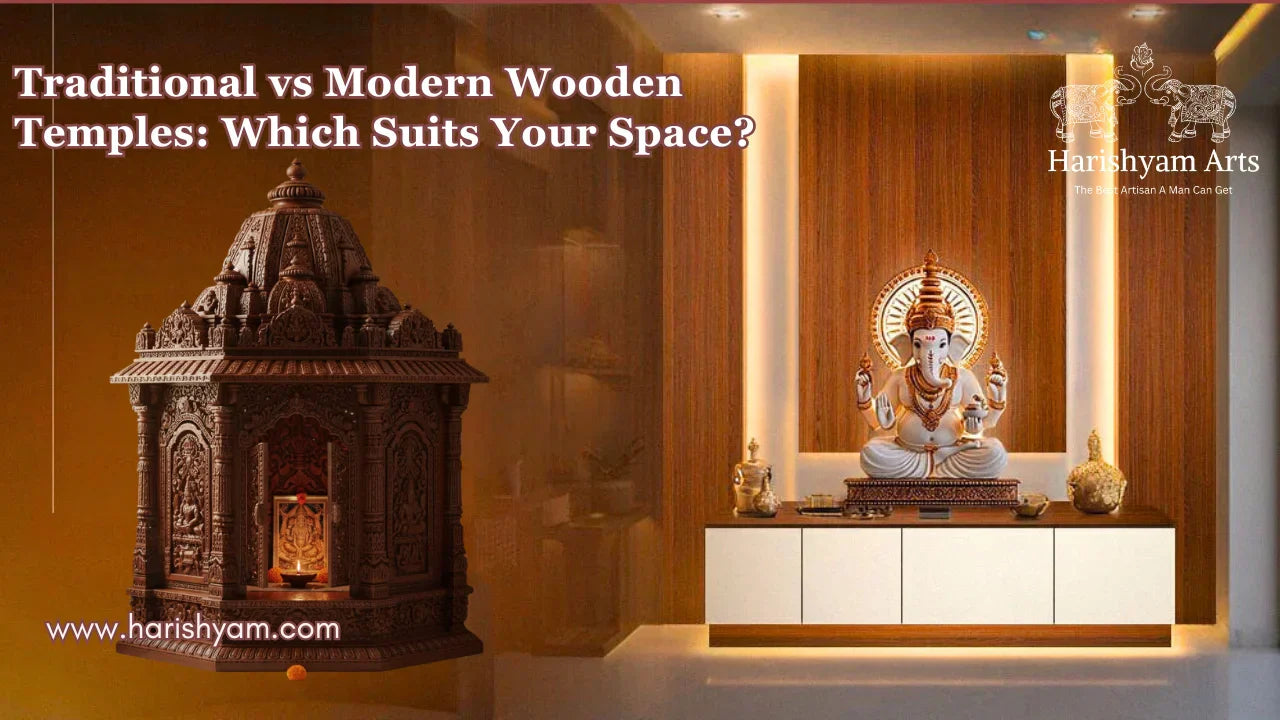
Traditional vs Modern Wooden Temples: Which Suits Your Space?
Lakshay Sharma | October 20, 2025
Creating a sacred space in your home is more than just interior décor — it’s a...
Read More...
Top Marble Types for Pooja Mandirs: A Complete Buyer’s Guide
Lakshay Sharma | October 19, 2025
A Pooja Mandir is more than just furniture; it is th...
Read More...
The Different Forms of Shiva Statues and their Symbolism
Lakshay Sharma | October 18, 2025
Introduction to the God Shiva Statue
Lord Shiv...
Read More...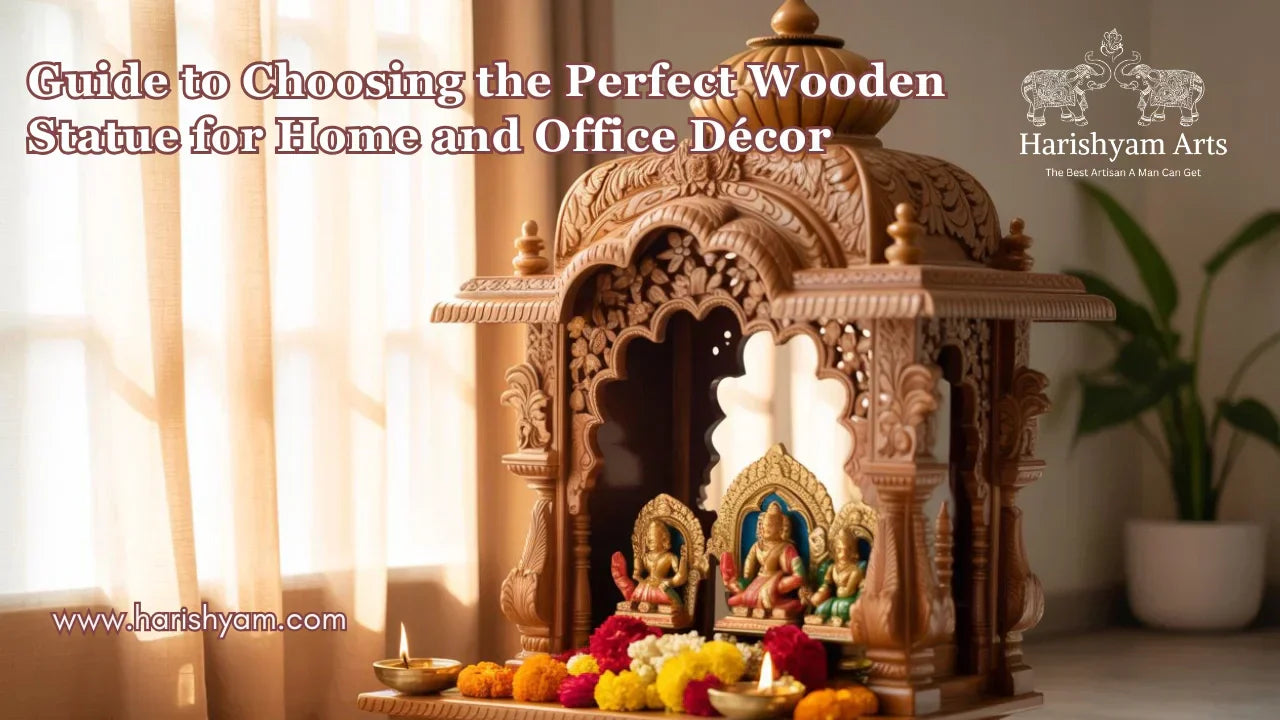
Guide to Choosing the Perfect Wooden Statue for Home and Office Décor
Lakshay Sharma | October 17, 2025
Wooden statues are more than decorative pieces—they are timeless symbols of ar...
Read More...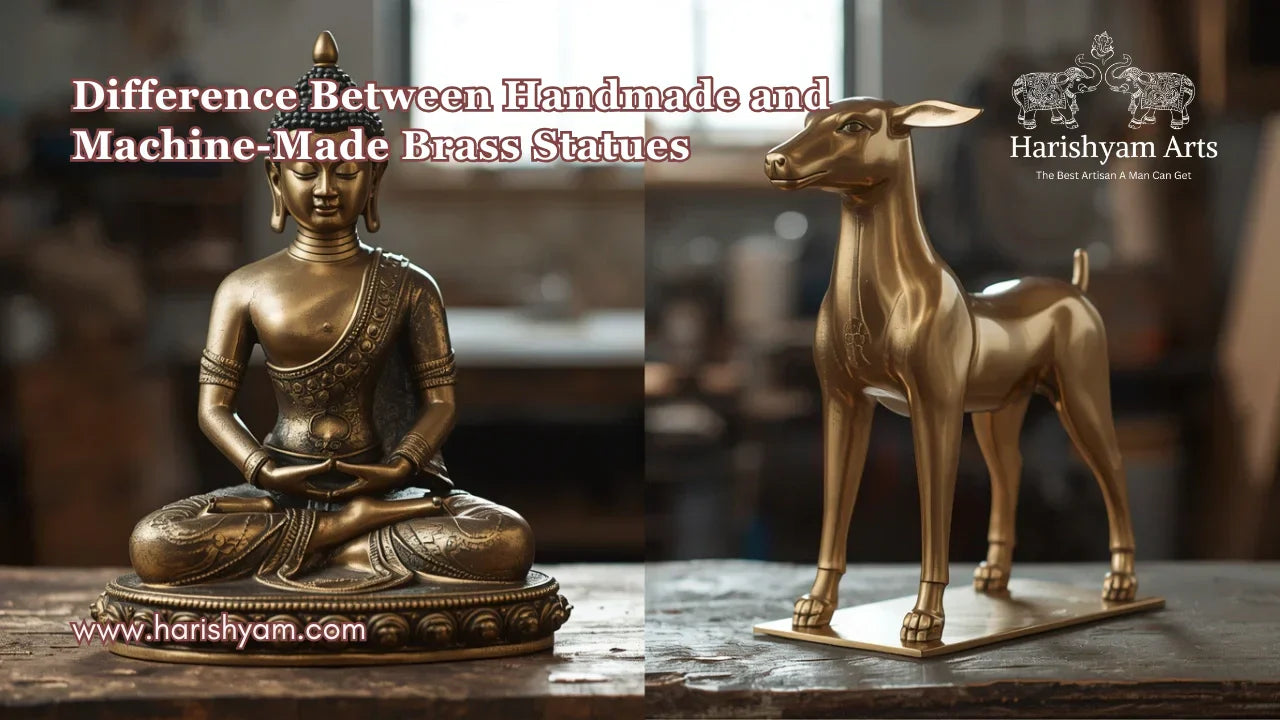
Understanding the Difference Between Handmade and Machine-Made Brass Statues
Lakshay Sharma | October 16, 2025
Brass statues have been a cornerstone of spiritual and decorative art for cent...
Read More...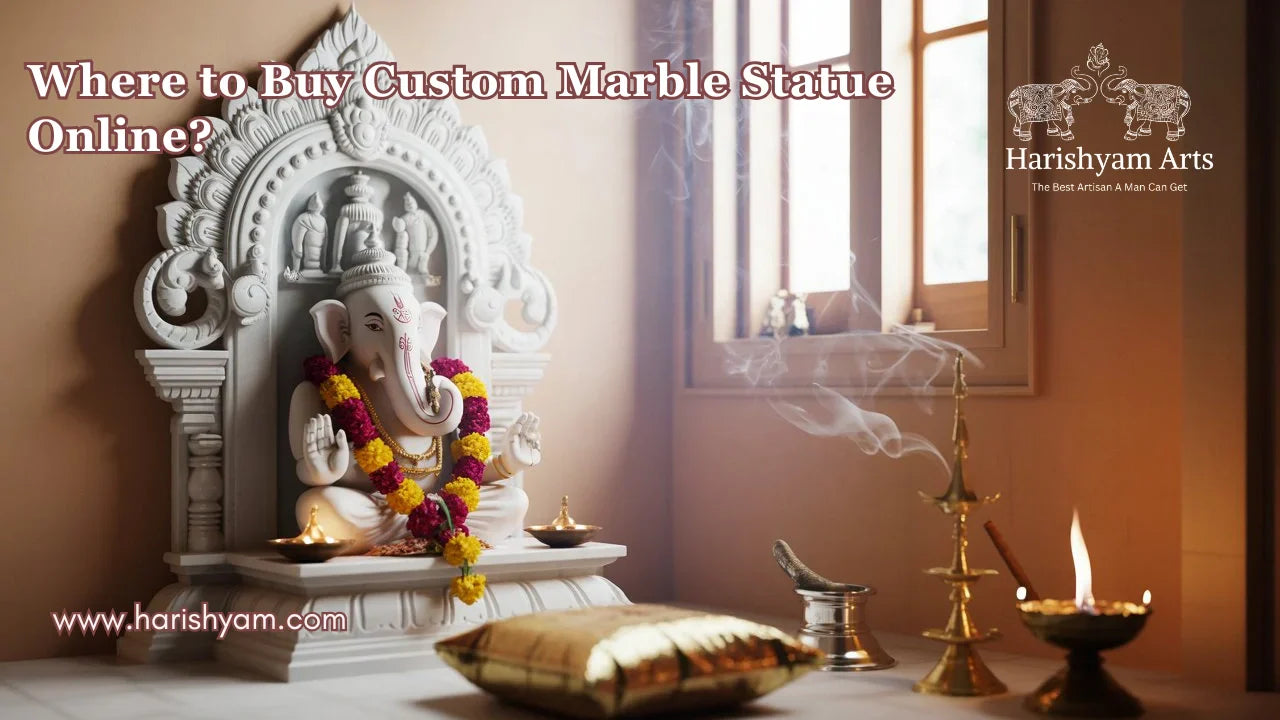
Where to Buy Custom Marble Statue Online? A Complete Guide
Lakshay Sharma | October 15, 2025
Marble statues have always held a special place in Indian homes and temples. T...
Read More...
Mistakes You Shouldn’t Make When Purchasing a Home Temple Online
Lakshay Sharma | October 14, 2025
Buying a home temple online can be an exciting experience — especially with so...
Read More...
Mistakes You Shouldn’t Make When Purchasing a Home Temple Online
Lakshay Sharma | October 14, 2025
Buying a home temple online can be an exciting experience — especially with so...
Read More...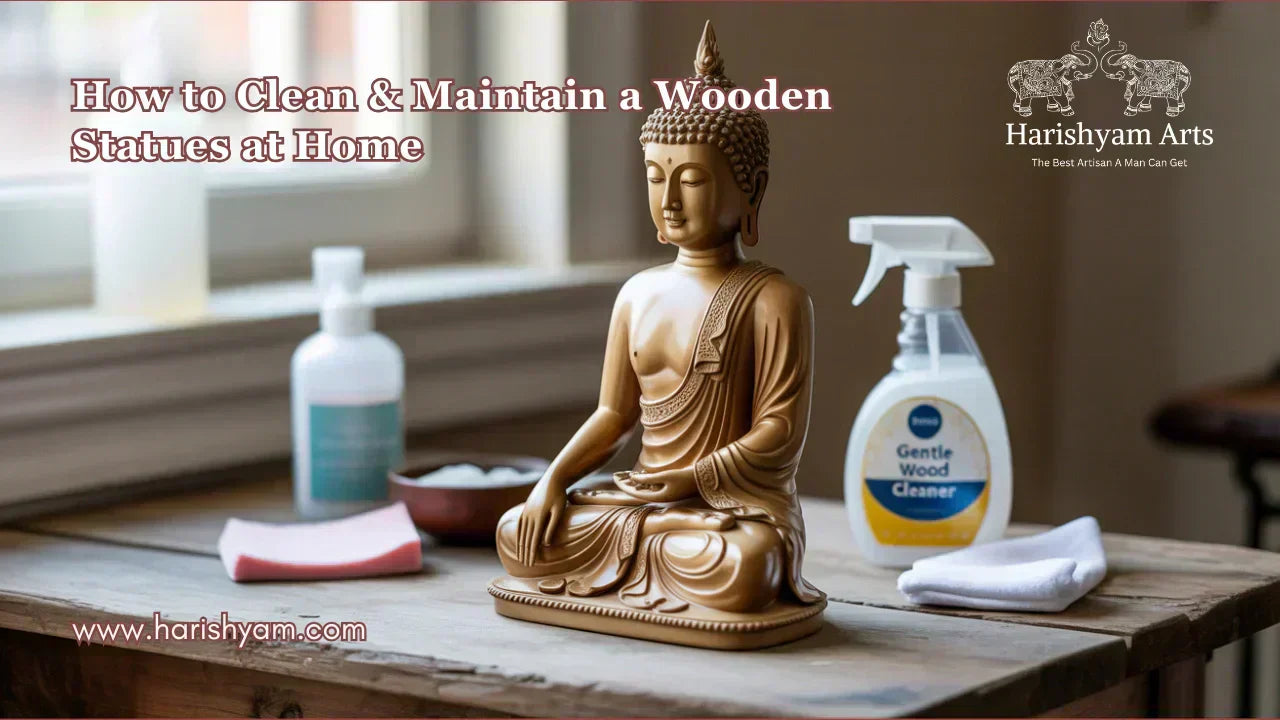
How to Clean and Maintain Wooden Statues at Home
Lakshay Sharma | October 13, 2025
Wooden statues add elegance, tradition, and warmth to any home. From intricate...
Read More...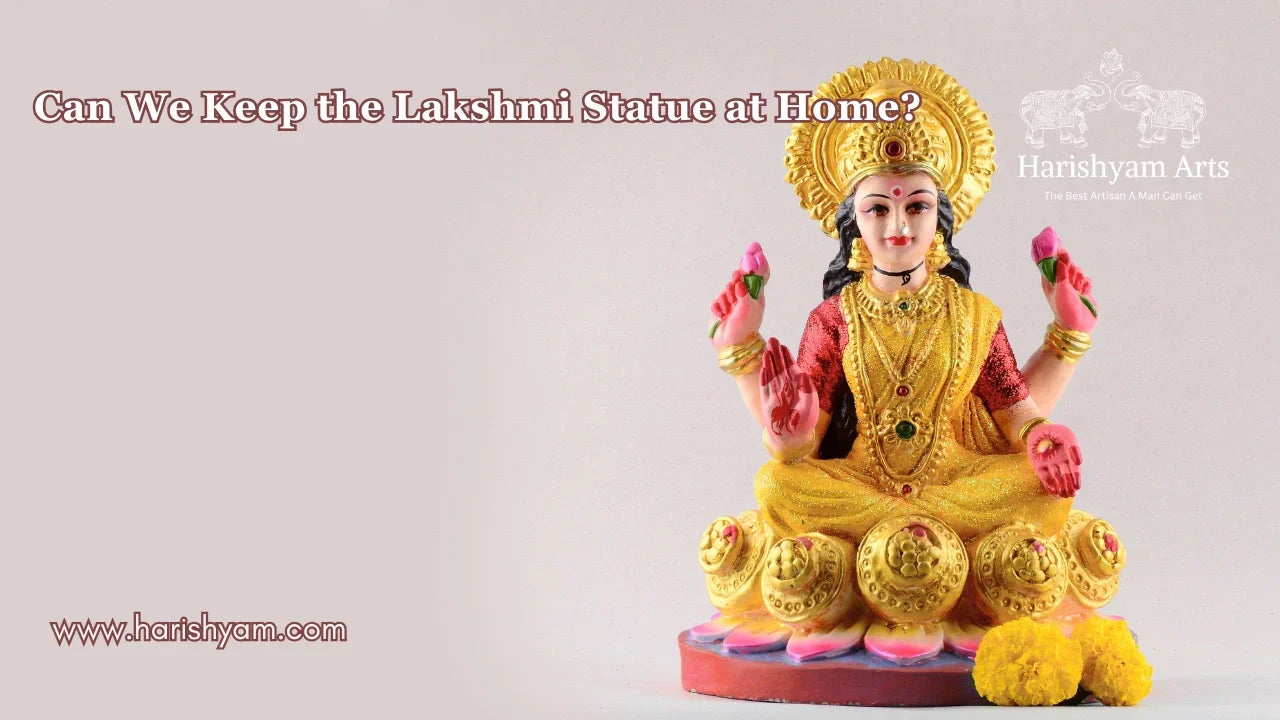
Can We Keep the Lakshmi Statue at Home?
Lakshay Sharma | October 13, 2025
In Hindu tradition, Goddess Lakshmi is worshipped as the divine force of wealt...
Read More...



